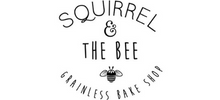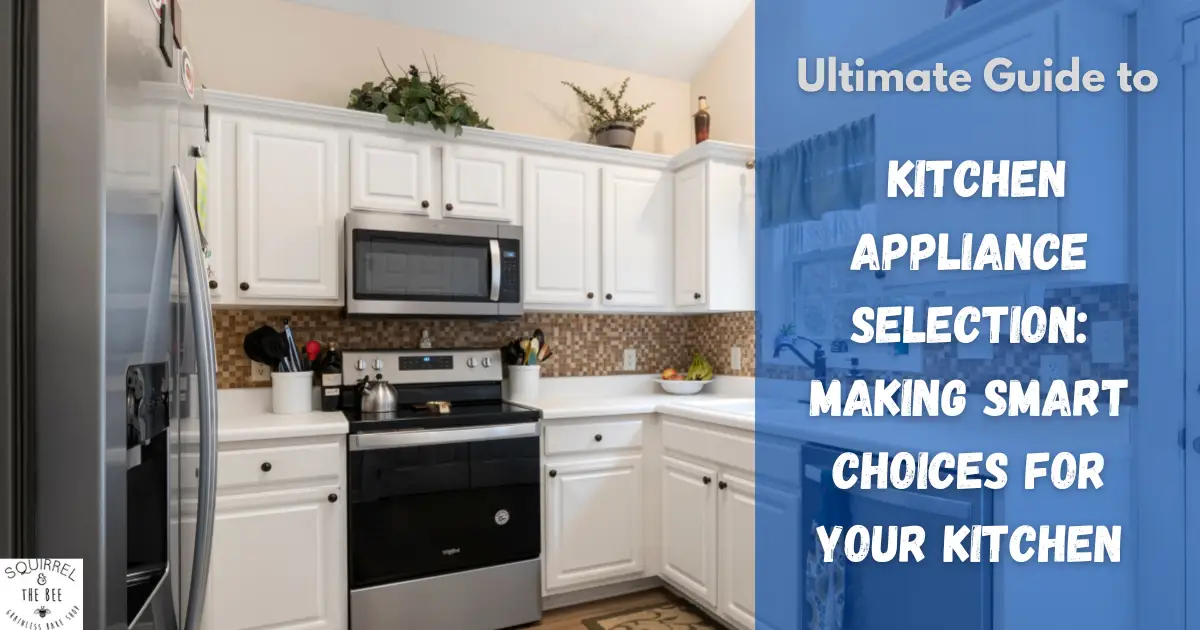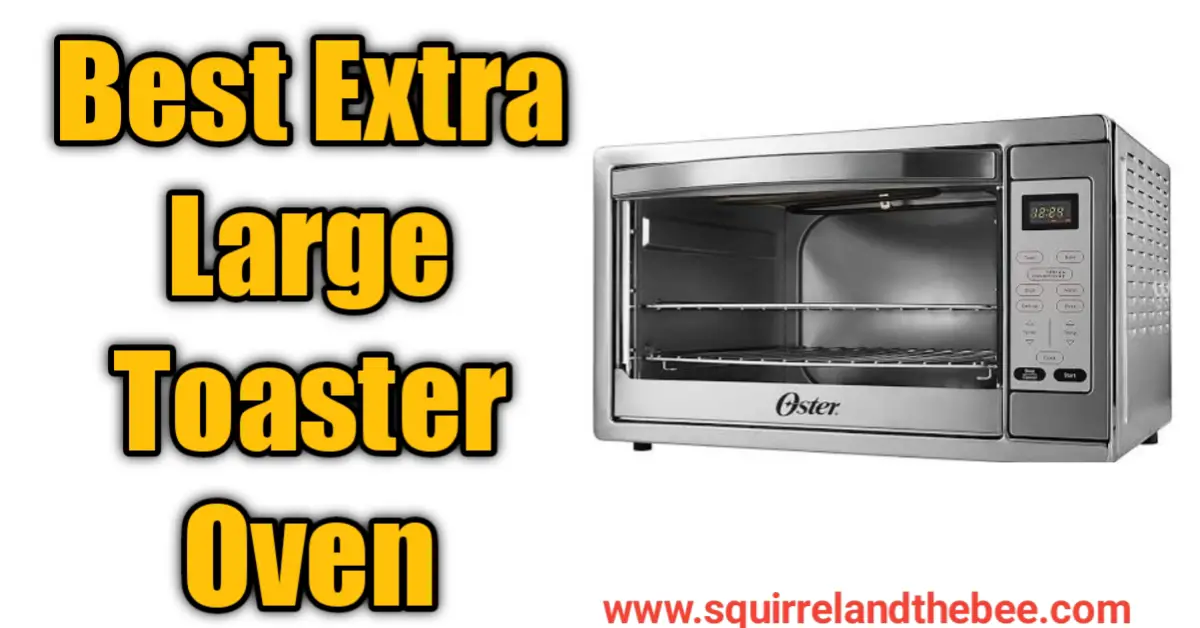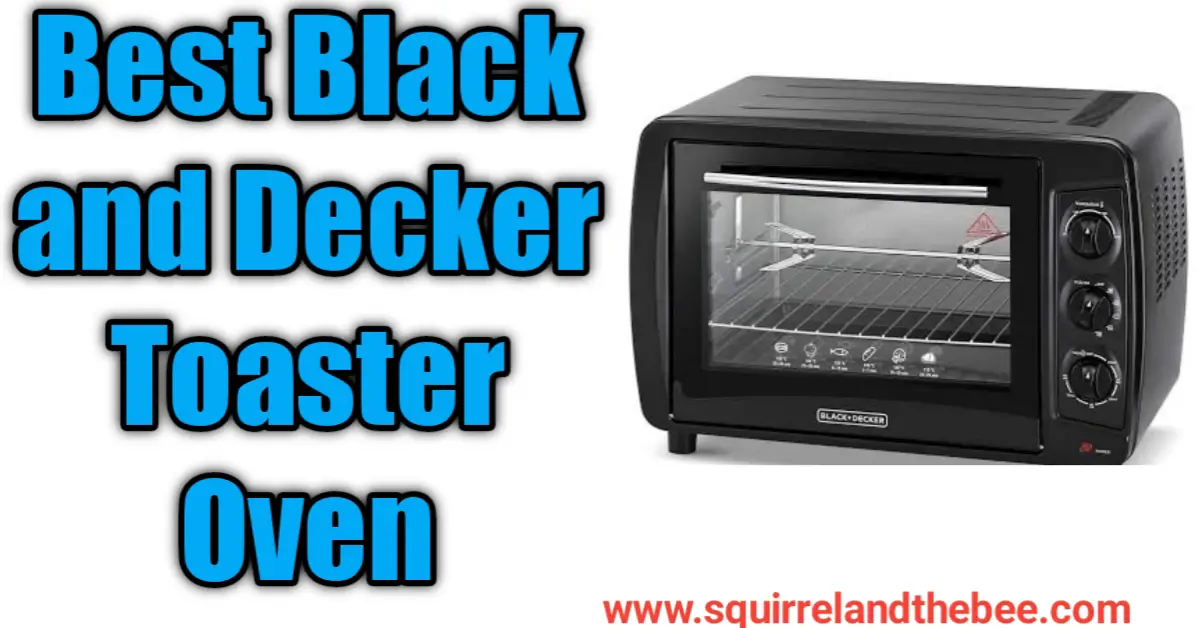Why the Right Pan Makes All the Difference in Gluten-Free Cooking
If you’re just starting your gluten-free journey, you might not realize how important your cookware is—especially your pans. Whether you’re whipping up pancakes, searing chicken, or baking bread, the choice of pan can have a huge impact on both safety and results in gluten-free cooking. In this post, we’ll explore why selecting the right pan is essential for anyone following a gluten-free diet, which types are best, and how to prevent cross-contamination in your kitchen.
Why Gluten-Free Cooking Demands Special Attention
For those with celiac disease or gluten sensitivity, even trace amounts of gluten can trigger uncomfortable symptoms. This means every kitchen task—from mixing batter to frying food—requires extra care. Gluten can hide in unexpected places, including scratches on pans or residue left behind by previous meals. That’s why choosing the right pan isn’t just about performance; it’s about health and peace of mind.
Gluten-free cooking is about more than swapping ingredients. It’s about building a kitchen environment that supports your dietary needs—from dedicated tools to safe surfaces. When it comes to pans, not all options are created equal.
The Best Types of Pans for Gluten-Free Cooking
Stainless Steel Pans
- Why They Work: Stainless steel is non-porous and easy to clean, making it ideal for gluten-free cooking. You can thoroughly scrub and sanitize stainless steel pans, removing any risk of gluten residue[2][4][7].
- Durability: High-quality stainless steel lasts for years and is resistant to scratches that can trap gluten particles.
- Shared Use: If you’re careful about cleaning, stainless steel pans can be safely used for both gluten-free and gluten-containing foods[4][7].
Cast Iron Pans
- Why They Work: Cast iron is non-toxic and safe for gluten-free cooking—as long as it’s never been used with gluten[3][7].
- Porous Nature: Cast iron can absorb gluten if it’s been used for regular cooking in the past, so always use a dedicated pan for gluten-free foods[3][7].
- Maintenance: Seasoning is key to keeping your cast iron safe and effective for gluten-free recipes.
Ceramic-Coated Pans
- Why They Work: Ceramic coatings are non-porous and free from harmful chemicals, offering a sleek, easy-to-clean surface for gluten-free meals[7].
- Brands to Consider: Caraway and similar brands produce high-quality, non-toxic ceramic cookware that’s ideal for gluten-free kitchens[7].
Pans to Avoid
- Non-Stick Pans: Non-stick pans are not recommended for gluten-free cooking. Scratches can trap gluten and chemicals, making cross-contamination likely[4][7].
- Chipped or Peeling Pans: Any cookware with visible wear should be replaced or set aside for non-food uses.
Choosing the Right Pan for Every Gluten-Free Recipe
Different gluten-free recipes call for different pans. Here’s a quick guide to matching your pan to your dish:
- Frying: Stainless steel or cast iron pans are excellent for searing, sautéing, and frying gluten-free foods[2][3][7].
- Baking: For gluten-free bread or cakes, choose a loaf pan with extra-tall sides for better support and structure[5]. Look for pans with a non-toxic, nonstick coating for easy release.
- Boiling: A high-quality stainless steel pasta pot is a must for gluten-free pasta, as it’s easy to clean and durable[1].
How to Set Up a Gluten-Free Kitchen (Pan Edition)
Here are practical tips for making your kitchen safe and efficient for gluten-free cooking:
- Designate Dedicated Pans: It’s best to have separate pans, utensils, and cutting boards for gluten-free foods to avoid cross-contamination[3][4][7].
- Choose Non-Porous Materials: Stainless steel, pure ceramic, and well-seasoned cast iron are your safest bets[2][7].
- Check for Scratches and Damage: Regularly inspect your pans for wear and tear. Replace any with deep scratches or peeling coatings[4][7].
- Label Gluten-Free Tools: Use stickers or color-coding to clearly mark gluten-free pans and utensils[7].
- Clean Thoroughly: Always wash pans in hot, soapy water before switching between gluten and gluten-free foods if you have to share equipment[4][7].
Gluten-Free Pan Maintenance: Keeping Your Cookware Safe
Even the best pan needs proper care to stay safe for gluten-free cooking:
- Hand Wash When Possible: Hand washing helps preserve coatings and prevents scratches that can trap gluten[4][7].
- Avoid Abrasive Cleaners: Use gentle sponges or brushes to avoid damaging pan surfaces.
- Store Carefully: Keep gluten-free pans in a separate area of the kitchen, away from regular cookware.
- Season Cast Iron Regularly: This protects the pan and prevents gluten residue from sticking in the pores[7].
Investing in Quality: The Gluten-Free Pan Difference
Cheap pans may save money up front, but they often don’t last and can put your health at risk. Investing in high-quality stainless steel or ceramic pans is worth every penny for gluten-free cooks. These materials are safer, easier to clean, and more durable, helping you enjoy delicious, safe meals every day.
Gluten-free cooking isn’t just about the ingredients—it’s about the tools you use to prepare your food. The right pan can make all the difference, helping you avoid accidental gluten exposure and giving you the confidence to explore new recipes.
Conclusion: Make Your Pan Choice Count
Choosing the right pan is a fundamental step in gluten-free cooking. Whether you prefer stainless steel, cast iron, or ceramic, always prioritize safety and quality. By setting up your kitchen with dedicated, non-porous pans, you can enjoy gluten-free meals that taste great and keep you healthy.
Ready to upgrade your gluten-free kitchen? Browse our selection of pans today and take the first step toward safer, tastier cooking!



